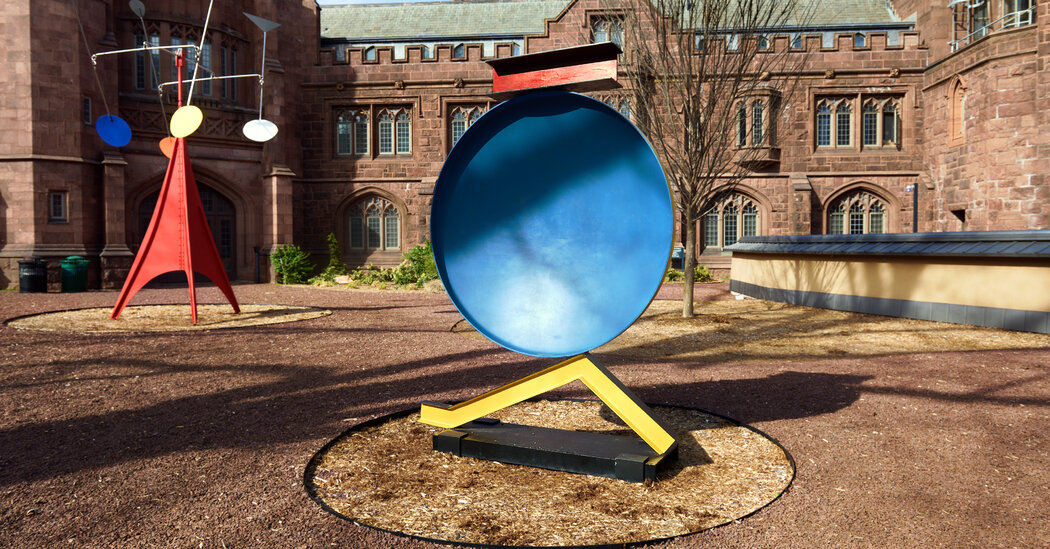
The 75-foot-long brontosaurus at the newly reopened Yale Peabody Museum in New Haven, Conn., is the same dinosaur that the natural history museum has had on display since 1931. Yet it looks different. A fresh pose. New front ribs. The head is repositioned at a more inquisitive angle. The museum’s four-year renovation not only refreshed the nearly 100-year-old building, but also included an overhaul of the fossil mounts that research has proved to be inaccurate.
The Peabody’s update — 15,000 square feet were added, creating more spacious galleries and dynamic displays — was a long time coming. Like other Yale museums, it is now free, offers more Spanish-language programming, and is inviting more voices into the conversation, with some exhibits being interpreted by students and artists, opening the lens on how visitors might respond to what they’re seeing.
“We want to give the signal that there’s not just one way to react to and interpret what you’re seeing,” said the museum’s director, David Skelly.
The concept of change that threads through the Peabody’s 19 galleries is symbolic of what’s happening elsewhere in the city. Over the centuries, New Haven has had chapters devoted to maritime trade, railroads, industrial manufacturing and — as home to Yale University and other institutions of higher learning — education and health care.
Now, New Haven — which was among The Times’s 52 Places to Go in 2023 — is going through a chapter driven by creativity and ingenuity. Though Yale continues to imbue New Haven with a certain gravitas, the surrounding city is showing off its own cultural capital in the realms of art, food, music and more.




